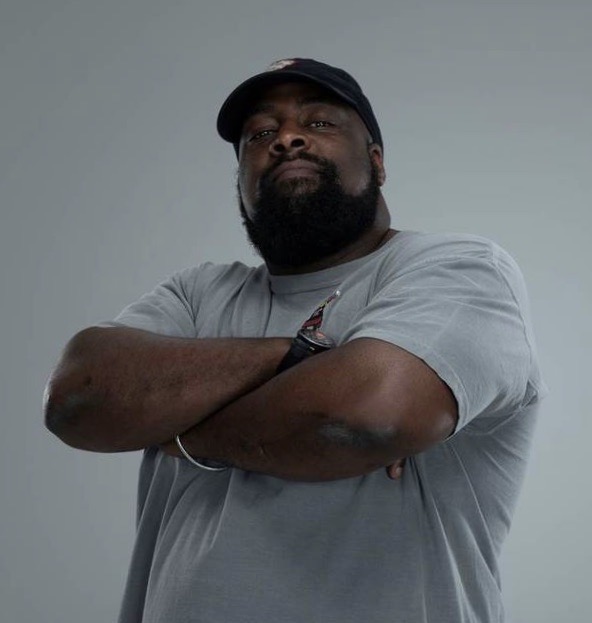Preston Thorne, an African-American former teacher and coach, now serves as outreach coordinator and student success coach at the University of South Carolina. In this essay, he shares his thoughts on the positive impact that he and his black male colleagues have had not only on black students but also on their white classmates. He notes that only two percent of U.S. teachers are African American whereas 80 percent are white women. Meanwhile, half of the nation’s school children are students of color. — Woody Exley

Preston Thorne
I was wasting time on Twitter when I came across a post that stopped me mid-scroll. The original post posed a question: How many black male educators did you have in kindergarten through 12th grade.
One of my former students chimed in with a shocking number: One…Coach Thorne.
That’s me; that’s who I was. I taught social studies at Blythewood High School (in South Carolina) for 11 years and was an assistant football coach.
At first glance, the number one seems to be an indictment and a referendum on what we in education circles have known forever — we need more black men in the classroom. But upon further inspection, with a little critical analysis, I believe there is power in one.
Fewer Black Boys Dropping Out
Statistics tell us that having just one African American teacher in elementary school reduces drop-out rates among black boys by nearly 40 percent and increases their recognition as gifted students.
But stats don’t tell the story.
The story is a student sharing that my class was the first time they really learned about the triumphant history of African Americans in the United States. The story is a text message from a former football player telling me about his future career plans and how much the lessons he learned playing football in high school shaped him. Having a black male leading a classroom can provide a mirror for young black students to see themselves as academics, leaders and professionals instead of those images often portrayed in the media.
But it doesn’t stop there.
Positive Impact on White Students
Author and educator Gloria Ladson Billings argues that having teachers of color impacts white children also.
As she notes, it is important for white students to see black people as capable and able to hold some position of authority over them.
My personal experience confirms these theories.
Stats can’t tell the story of a white teenage girl seeing a big, bearded black man in Target and doing their secret handshake, while her parents suspiciously watch only to find out it’s Coach Thorne, their child’s favorite teacher.
Having a black male in front of the classroom can provide a window for white students who may never get to encounter the full humanity of a black man.
Positive Effects in the Real World
In an increasingly polarized digital world, any opportunities to interact with someone of another race in the real world can have positive effects.
Though I no longer teach, I am still the ONE for a new group of students — serving as the Student Success Coach in the College of Education at the University of South Carolina.
In October, we will be inviting a select group of black male educators to campus to provide us with insight and experiences so we can build a game plan for creating more ONES.
Every time you see a black man in the classroom or as a coach or as a principal, I guarantee that he is the ONE for someone.
